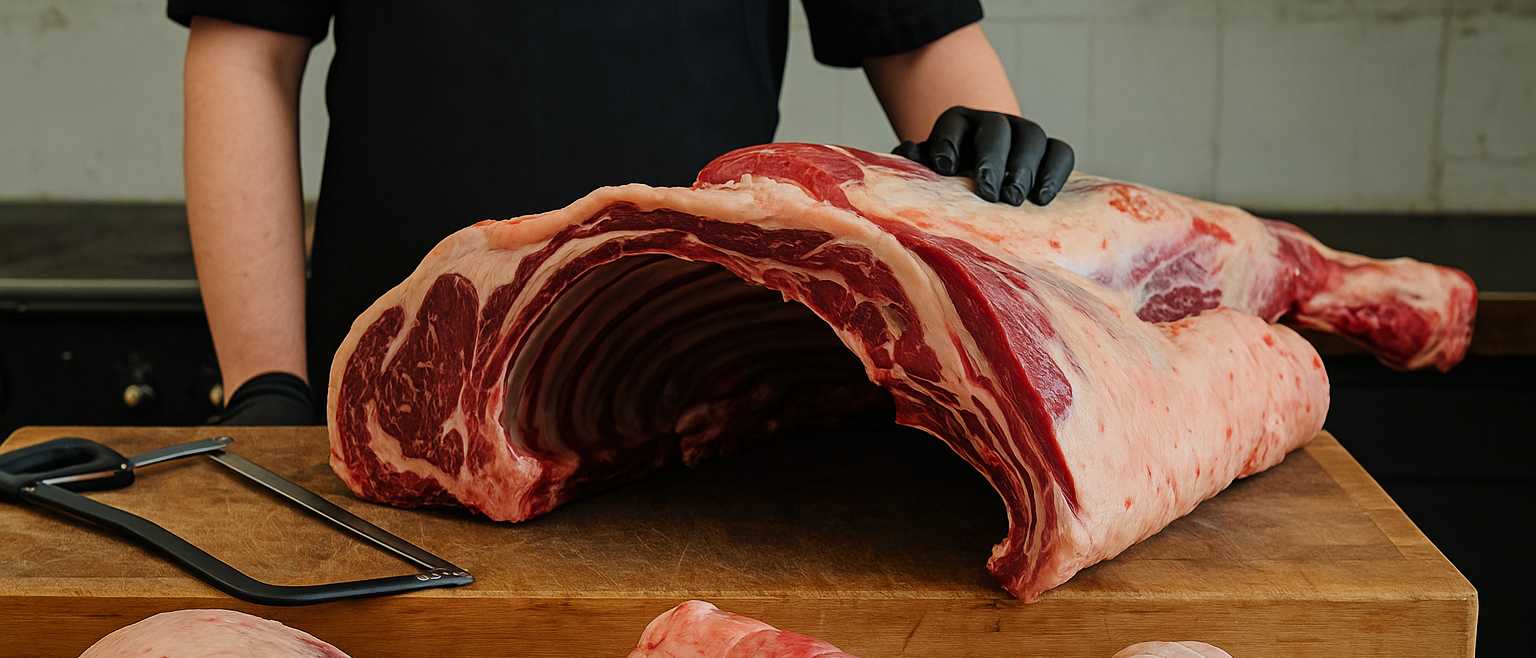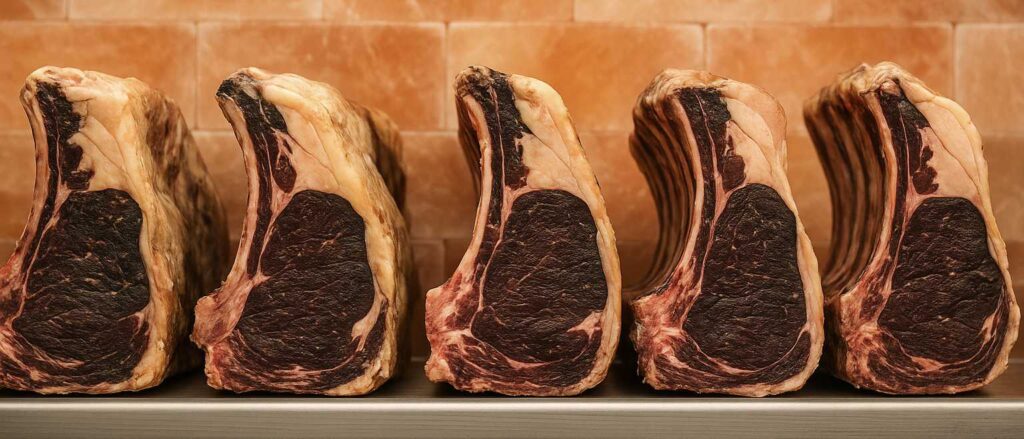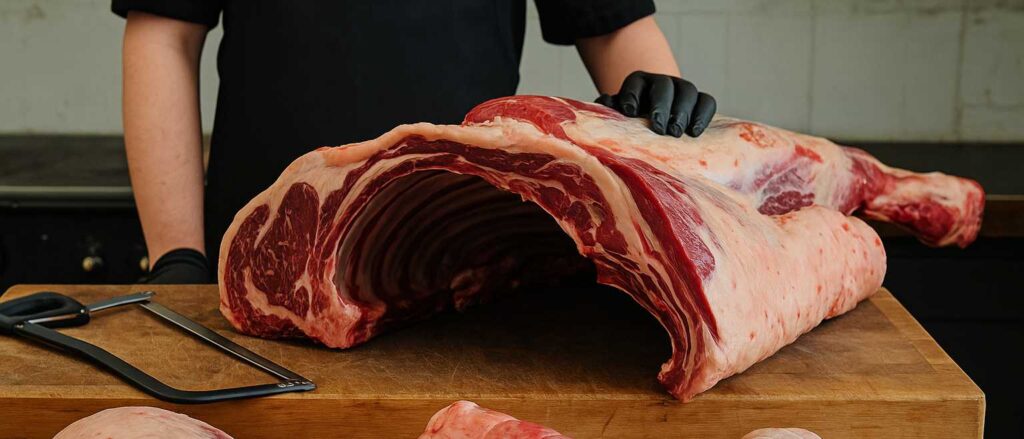
Native breeds like Belted Galloway, Gloucester Old Spot, or Ryeland sheep are shaped by the land they come from. They graze in small pastures, hedgerows, moorland and lowland meadows. Their diets are seasonal. Their pace is natural. And in return, they give us meat with depth, fat that carries flavour, and cuts that roast or braise into something unforgettable. This kind of meat is not bred for yield alone. It’s bred for quality, character, and compatibility with its environment. When cooked properly, it rewards you with something that feels rooted and real — not generic or mass-produced.



